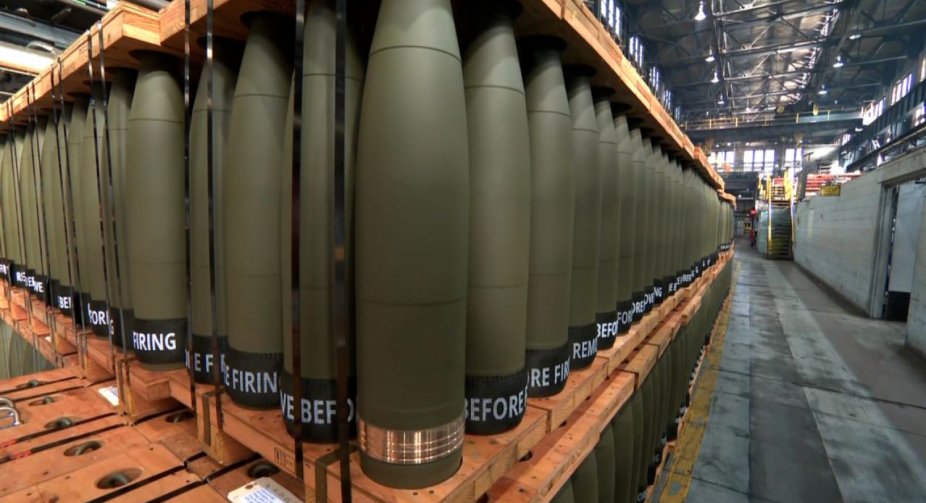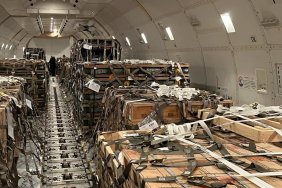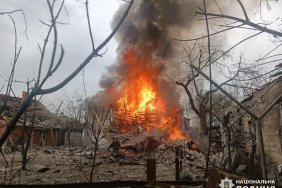According to NATO intelligence estimates, Russia produces about 250,000 artillery shells per month, or about 3 million per year. Thus, Russia produces almost three times as much artillery ammunition as the United States and Europe are able to supply to Kyiv. CNN writes about it.
"The United States and Europe combined have the capacity to produce only about 1.2 million rounds of ammunition annually for shipment to Ukraine," a European intelligence official said in a comment.
The US military has set a goal of producing 100,000 artillery shells per month by the end of 2025, which is half the monthly production of Russia. And even this figure is now unattainable, as $60 billion in funding for Ukraine has been suspended in Congress.
"We have now started a war of production resources. The outcome in Ukraine depends on what each side has to wage war," an unnamed NATO official told the publication.
According to CNN's sources, Russia currently releases about 10,000 shells a day, compared to 2,000 a day from the Ukrainian side. A European intelligence official said that in some places on the front line the situation is even worse.
It is noted that the United States and its allies have provided Ukraine with a number of high-tech weapons, but military analysts say that the war is likely to be won or lost depending on who fires more artillery shells.
"The number one issue now is ammunition. Specifically, these artillery shells, because Russia is really creating a significant production advantage and a significant advantage on the battlefield," the NATO official said.
According to the NATO official, who was interviewed by CNN, Russia keeps its shell production plants running around the clock, with workers changing after 12-hour shifts. The Russian defense sector now employs about 3.5 million people, compared to 2-2.5 million before the war, the authors write.
In addition, Russia receives missiles from Iran and North Korea.
"The Russian military machine is now working at full capacity, the authors continue, but it also has a limit to its capabilities: they expect that threshold to be reached next year," the CNN interlocutors noted.
According to the estimates of experts CNN spoke with, in the long run, the West is still able to catch up with Russia in the production of shells and at the same time produce better equipment.
"The West is just beginning to step up the creation of infrastructure to ensure the right level of munitions production," said Lieutenant General Stephen Basham, deputy head of the US European Command.
According to other Western intelligence estimates cited by CNN, the overall ratio of resources still provides Moscow with an advantage - especially if the US government fails to unblock the aid package for Ukraine, which is opposed by Republican members of Congress.
"Things are not going well, but it depends on what happens. If aid resumes and starts coming soon, all is not lost," one source said.






